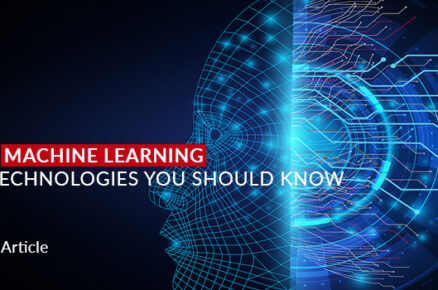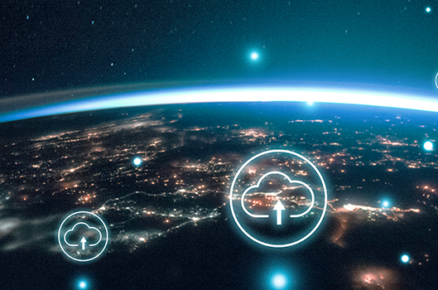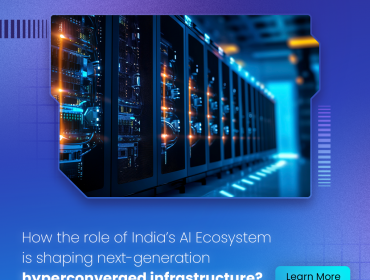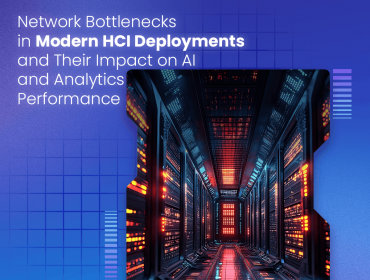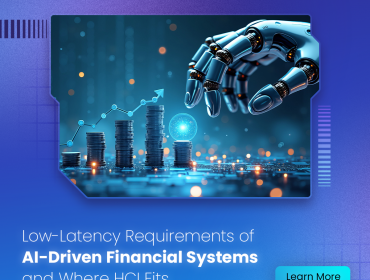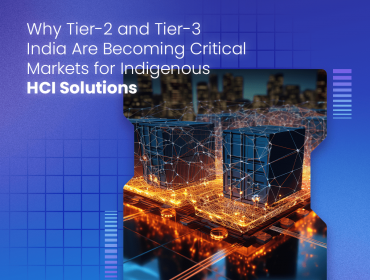GPUs were originally designed to create images for computer graphics and video game consoles, but since the early 2010’s, GPUs can also be used to accelerate calculations involving massive amounts of data. A CPU (central processing unit) works together with a GPU (graphics processing unit) to increase the throughput of data and the number of concurrent calculations within an application.
GPUs are best suited for repetitive and highly-parallel computing tasks. Beyond video rendering, GPUs excel in machine learning, financial simulations and risk modeling, and many other types of scientific computations. While in years past, GPUs were used for mining cryptocurrencies such as Bitcoin or Ethereum, GPUs are generally no longer utilized at scale, giving way to specialized hardware such as Field-Programmable Grid Arrays (FPGA) and then Application-Specific Integrated Circuits (ASIC).
Few tasks GPUs are Best Suited for:
CPU and GPU rendering video – The graphics card helps transcode video from one graphics format to another faster than relying on a CPU.
Accelerating data – A GPU has advanced calculation ability that accelerates the amount of data a CPU can process in a given amount of time. When there are specialized programs that require complex mathematical calculations, such as deep learning or machine learning, those calculations can be offloaded by the GPU. This frees up time and resources for the CPU to complete other tasks more efficiently.
Scientific Computing – Scientists are rarely slow to spot potential, and the lightning-fast calculations offered by GPU chips have led to their adoption across numerous scientific environments. Notable examples include astrophysics, molecular modeling and weather forecasting. GPUs role in climate research has underpinned some of the environmental data behind today’s growing awareness of climate change.
Cryptocurrency mining – Obtaining virtual currencies like Bitcoin includes using a computer as a relay for processing transactions. While a CPU can handle this task, a GPU on a graphics card can help the computer generate currency much faster.
Machine learning – Many modern internet services rely on algorithmic analysis, parsing huge volumes of data to establish optimal outcomes. GPUs are great for tasks like identifying fraudulent ecommerce transactions or determining what information someone using a virtual assistant might be searching for. Brute force processing is often the best way to wade through oceans of raw data before reaching a definitive (and hopefully accurate) outcome.
Should You Consider Adding GPUs To Your Solution?
GPUs aren’t exactly a one-size-fits-all solution. However, there are situations where a GPU is perfectly suited. Currently, there are over 550 various purposes designated for GPUs. From climate monitoring to cryptocurrency mining, there is a definite need for increased computational power.
This ability to perform functions a CPU would struggle with explains why GPUs have outgrown their original role of rendering three-dimensional graphics for Millennial computer games. Today, GPU tasks are specifically designed to play to the strengths of these multicore microprocessor chips.
Tyrone Data Science Workstations
Learn how our data science workstations powered by NVIDIA QUADRO RTX GPUs accelerate data science, #BigData & Visualization https://www.tyronesystems.com/NVIDIA-Data-Science-Workstations




